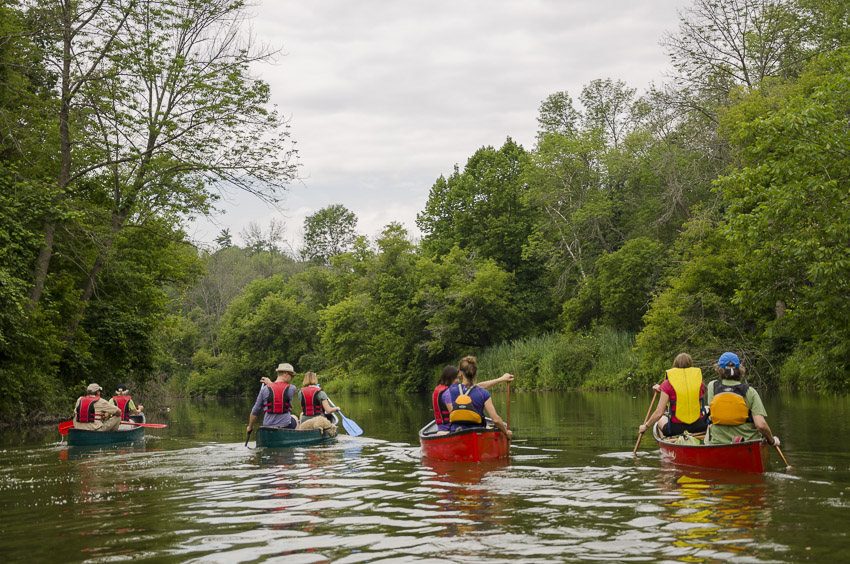The Greenbelt

The Greenbelt was established in 2005 to provide protection of natural areas and prime farmland, while also incorporating the Niagara Escarpment and the Oak Ridges Moraine. Since then the population of the Greater Golden Horseshoe has grown from 8 million to 10 million.
Despite a number of promises to maintain Greenbelt protection, Premier Doug Ford’s government has opened up large sections to developers, using the housing crisis as justification. Numerous studies prove that there are plenty of housing options elsewhere. The Greenbelt is simply too important to be paved over. In fact, it must be expanded.
The Duffins Rouge Agricultural Preserve (DRAP), adjacent to Rouge National Urban Park, is a critical component of the Greenbelt that has been stripped of protection. Our new report details how suburban sprawl in the DRAP threatens the ecological integrity of Rouge National Urban Park and nature connectivity in the Greater Rouge Ecosystem.



The Greenbelt sits within Canada’s fastest developing urban region. The projected population will be 15 million people by 2051, larger than that of all of Ontario currently.
The Greenbelt provides clean air, fresh water, local food, and accessible greenspace.
The Greenbelt supports some of the most diverse habitats in Canada and contains biodiversity hotspots for rare reptiles, amphibians and plants.



33% of Canada’s population lives close by with a small fraction on the land under public control.
The Greenbelt is ideally situated to help with the cumulative stresses of the pandemic, climate change, urban development and biodiversity loss.
Did you know Ontario’s Greenbelt:
- Spans over 2 million acres or 809,000 ha – it’s larger than Algonquin
- Is home to more than 2,000 species
- Has $9.6 billion/year in economic impact and 177,700 jobs
- Is in Canada’s biodiversity hotspot – rich in species with few protected areas and a rapid loss of species due to habitat destruction
- Includes Moraines and River Valleys crucial for water protection, rich habitats and travel corridors for species
- Provides access to greenspace for millions of Canadians
